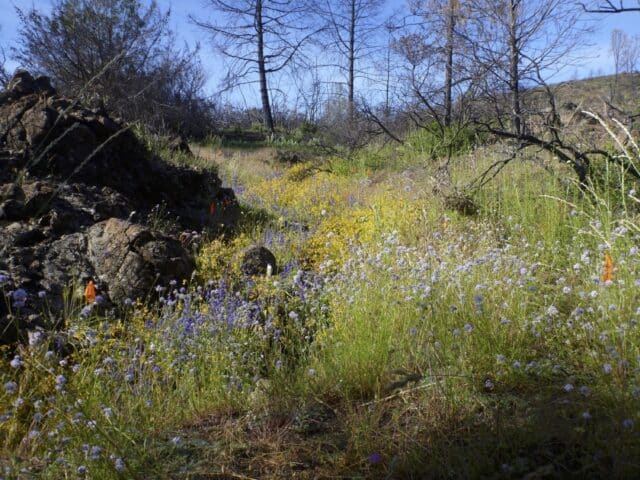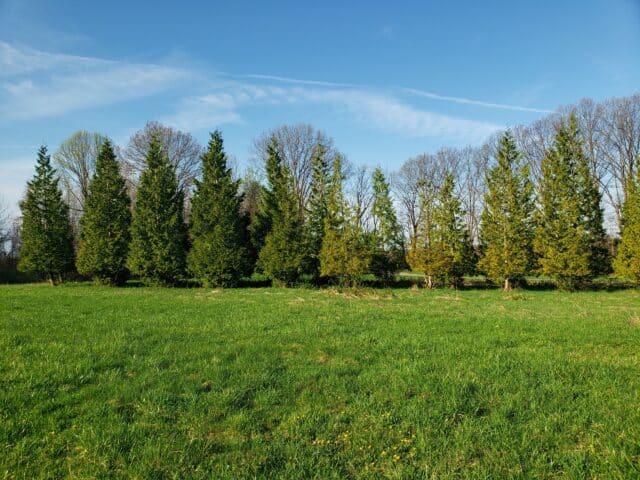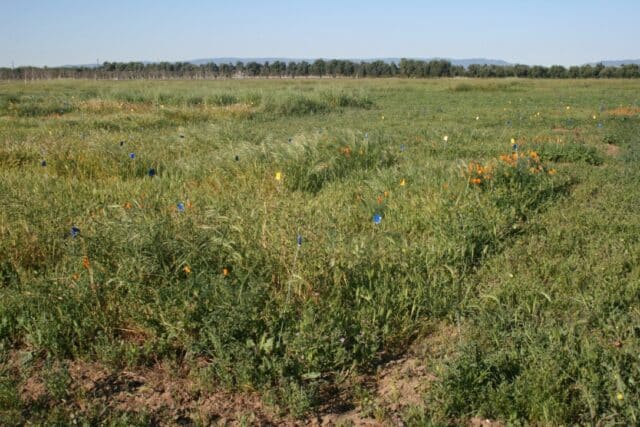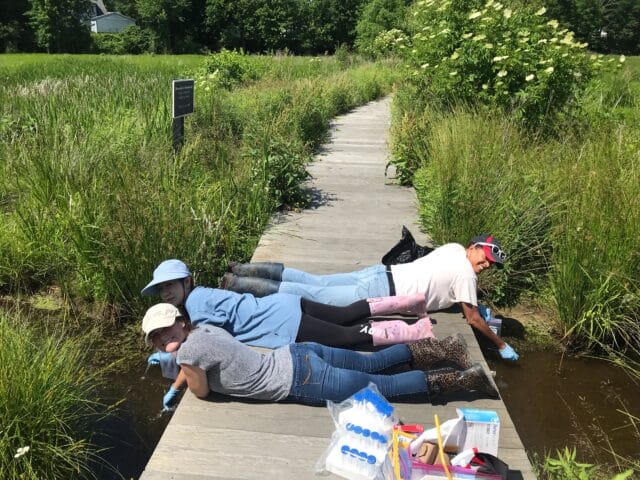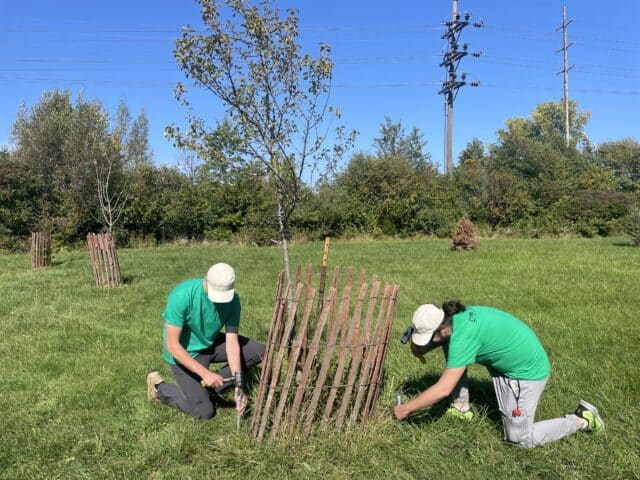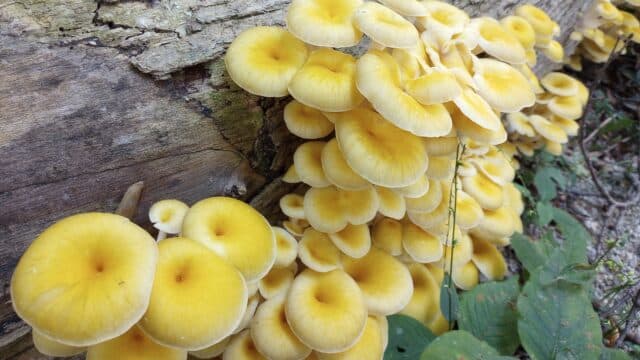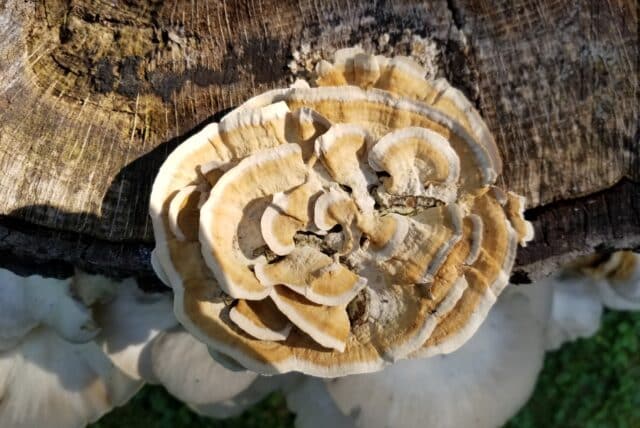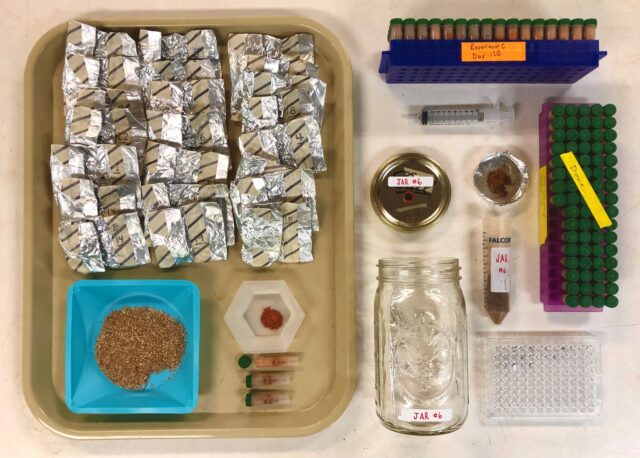
For many people working in a botanical profession, spring is a mad scramble as we try to accomplish as much as we can while so many plants are in bloom. At the HF&G’s David G. Leach Research Station, we breed rhododendrons, and spring is filled with plant evaluations and crosses. We spend about 1.5 months making selections based on flowers and field performance while simultaneously making crosses to advance the breeding program. This year we had rhododendrons in flower beginning in March, and flower production peaked in mid-May. Now in summer we can breathe a sigh of relief as the demands of the thousands of blooming rhododendrons shift from breeding, evaluation, and maintenance to mostly maintenance.
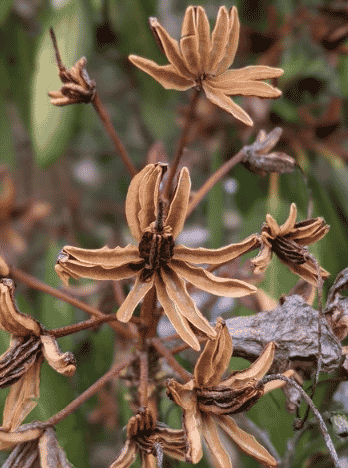
In winter I make a plan for spring crosses so that I can be targeted in the flurry and excitement of spring. With a rhododendron collection of more than 2000 plants, plus several thousand in our evaluation fields, I can easily be distracted. Still, inspiration can strike at any time, and I often make a few extra crosses in the moment. This year I personally made 43 crosses, and my team – Field Station Specialist Jing Wang and intern Sophie Miller– made several more.
With flowers now in our rearview mirror, I love to visit crosses made in April and May to see how they are progressing. We will not harvest seeds until September, but by now we can usually tell how successful we have been by the plumpness of a rhododendron’s capsules. All flowering plants produce fruits usually following successful pollination. Classic examples are the fruits we eat – apples, oranges, blueberries, tomatoes. Some fruits are not so tasty, like that of a rhododendron. Following pollination, the ovary of a rhododendron flower swells to eventually form a dry fruit called a capsule that splits open to release seeds at maturity.

Now the duds and studs are readily apparent, and I am excited when a cross I had high hopes for appears to be fertile. Why do some crosses work and others do not? We are not always sure. But to me it is remarkable that any of our crosses are successful given the complex and long pedigrees of rhododendron hybrids, with some selections a functioning combination of 10 or more species. And rather than wait decades to dig up a time capsule in our towns, we take pleasure in the mere four months it takes for our little, biological time capsules to ripen in our gardens.


Unsuccessful hand pollinations (left) and successful hand pollinations (right). Both pollinations were made on the same day on the same plant. The major difference is the male plant, and one cross has capsules full of many developing seeds (right), and will have few to no seeds at all (left).

Connor Ryan
Rhododendron Collections Manager
